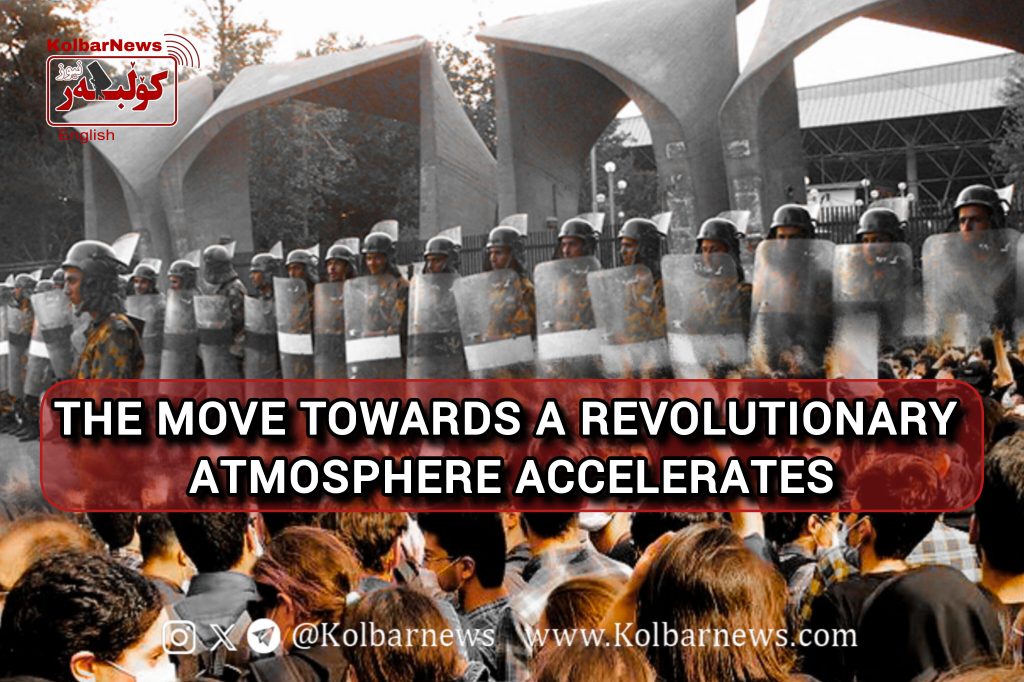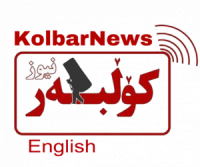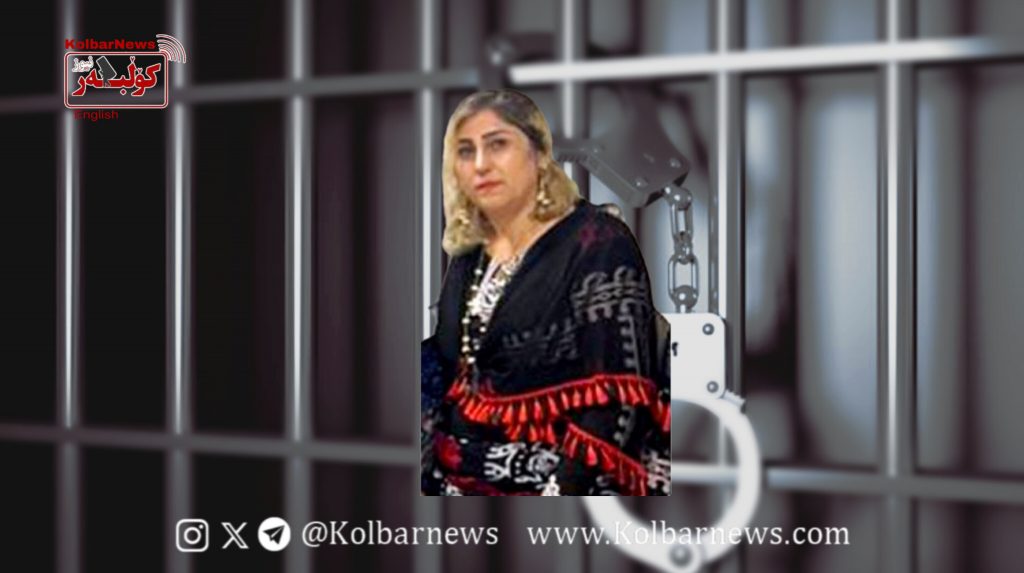
In the past week, protest actions and resistance against repressive forces have become widespread and continuous. On Friday, February 14, a number of students gathered inside and outside the University of Tehran dormitory to protest the killing of a student named Amir Mohammad Khaleqi. They clashed with security forces and plainclothes agents, chanting slogans such as “The blood that is shed cannot be wiped away” and “A student may die, but will not accept humiliation.” They attempted to break the siege of the dormitory to allow a large number of students outside to join them. So far, some students have managed to enter the dormitory and join the protesters. The university president has tried to calm the situation, stating that, just like in 1999, the plainclothes forces are responsible for the current tension and unrest. He claimed he was working to prevent another tragedy in the dormitory. However, by the time this report was received, he had not succeeded in calming the students. On the contrary, due to the repressive actions of the regime’s agents, the protesting students intensified their resistance, chanting slogans such as “Security forces and the IRGC, you are our enemies” and, in some cases, “Death to Khamenei.” They also captured one of the plainclothes agents and seized evidence proving his role as a regime informant. This struggle and protest continued at the time of writing.
As protest actions in society have increased, the spirit of resistance within universities has also strengthened. As a result, in several major cities across provinces such as Tehran, Isfahan, Fars, East and West Azerbaijan, all three provinces of Khorasan, Kermanshah, Kurdistan, and several others, intelligence officials, fearing student gatherings and unification, have moved classes online or completely shut them down.
Beyond the resurgence of student activism, the recent days of struggle have been marked by significant protests by men and women in the city of Dehdasht, in Kohgiluyeh and Boyer-Ahmad province. On the night of Sunday, February 10, a protest gathering was held in Dehdasht following a call to action against “an unlivable economic situation and the plundering of water resources.” One protester explained that “the main reason for the protest is economic hardship.” He added that although more than eleven dams have been built in this small province, many local residents “are deprived even of drinking water from these reservoirs.” Continuing protests on February 12 and 13, with images and videos from Dehdasht, showed that demonstrators were demanding civil and political freedoms and working towards greater unity to sustain their protests. Reports indicate that several protesters, including children, have been arrested.
These struggles coincide with the ongoing and expanding traditional protests by workers especially official and contract oil workers retirees from various professions, anti-death penalty activists, environmentalists, municipal workers, and others.
The increasing wave of protests is happening while Iran’s economy is on the verge of complete collapse; the key figures of the ruling system are widely seen by the public as corrupt and criminal; internal divisions within the regime have deepened; and the government faces constant humiliation in diplomatic affairs. In short, the balance of power between the Islamic Republic and the people is shifting more and more in favor of the people. The events of the past week are evidence of this reality. It appears that society is rapidly moving towards a revolutionary atmosphere.
Such conditions place great responsibilities on communists, leftist revolutionaries, and all those fighting against oppression and exploitation. The most critical tasks include:
Striving to popularize a liberatory alternative and prepare for the establishment of a government that, after the fall of the Islamic regime, will serve the interests of workers and the oppressed.
The “Woman, Life, Freedom” uprising has outlined the key principles of this alternative, which now need further clarification.
Accelerating the expansion of existing revolutionary organizations and launching new, necessary organizational efforts.
Ensuring that all struggles and actions are strategic and aimed at establishing a new system that serves the people.
In this new system, political parties will not rule; instead, councils and institutions directly representing the people’s will shall govern. Universal welfare will replace poverty, broad democracy will replace dictatorship, true gender equality will be realized, and a non-professional, people’s army will replace the oppressive military and professional forces. Eventually, even the need for a government itself will fade away.

